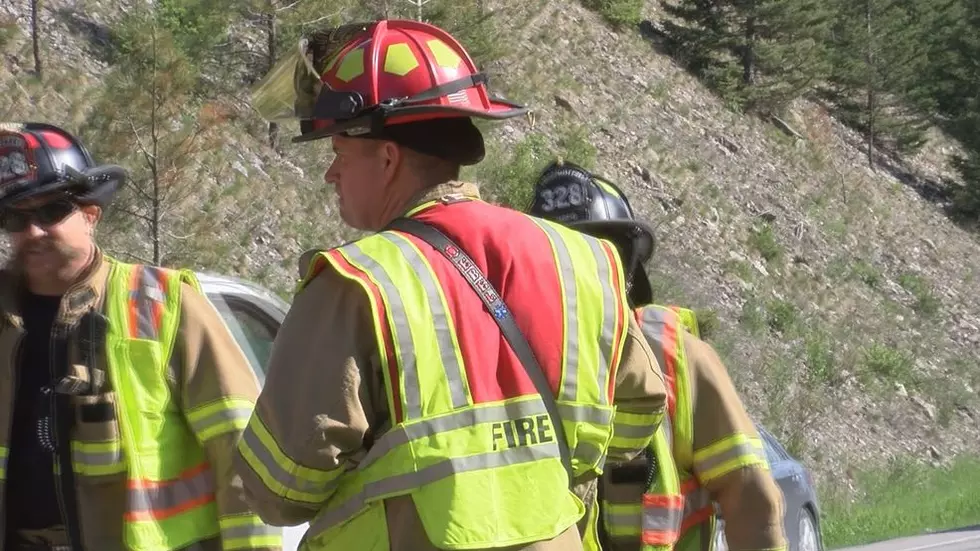
Flood and Buried Pollution Endanger the Clark Fork River
While the floods of 2018 have hit and retreated from their highest levels in a hundred years, another danger buried for over half a century near the former Smurfit mill site sits waiting.
For years, county officials have sought help in cleaning up the area that contains dioxin, among other toxic substances. However, the current flood has brought the matter to a head.
John DeArment, Science Director of the Clark Fork Coalition said the Smurfit mill site contains over 50 years of stored carcinogenic toxic waste.
“That pollution is sitting right on the other side of the river separated only by an earthen berm,” said DeArment. “If that berm was to fail and in a worst-case scenario, the river was to enter the site and erode that stuff, it would remove it from the site and take it into the river and distribute it downstream, it would disperse over many miles on the Clark Fork River. If that happened, we would have something of an irreversible environmental disaster on our hands, because there’s really no way to clean it up once that happens.”
DeArment specifically pointed out the danger posed by the dioxins being released into the river.
“The dioxins in there are particularly damaging,” he said. “They would essentially be in the river forever and they would bioaccumulate into the fish, particularly the fish that anglers target, like trout and northern pike. Even now, before such a catastrophe, there’s already a total ban on the consumption of Northern Pike on that stretch of the Clark Fork, and a partial ban on the consumption of trout, so it would spread those toxins far and wide. It would mean a ban on consumption for a generation or more. There’s really no practical way to clean it up once it’s in the river.”
DeArment said much of the site is unlined, meaning the waste leaks into the groundwater.
“Even in the absence of high water, they are continually leaching into the groundwater that we think is getting into the river,” he said. The area is protected by a failing non-Army Corps of Engineers certified berm from the flood waters of the Clark Fork River. They need to be dug up and removed, and taken out of the ground water, taken to a dry repository site where they can be managed and monitored in perpetuity.”
Director of the Montana Department of Environmental Quality, Tim Livers said on Thursday who said he has been in contact with the EPA regarding the Clark Fork River situation.
“We have asked to be present during the sampling and in my conversations with them, they agree with what we’ve outlined,” said Livers. “We’d like a thorough inspection along the berm, noting any areas that display discoloration. We think the river should be sampled in the areas of that discoloration both upstream and downstream of the discolored water so we have a comparison. We’re asking them to sample for metals and dioxins, and the other thing we’re asking for regular site visits.”
Livers said the responsible parties would be expected to foot the bill for all testing and remediation.
Those companies include WesRock, M2Green and International Paper.
EPA and Montana Department of Environmental Quality officials will be at the mill site conducting their tests this weekend.
More From Alt 95.7









